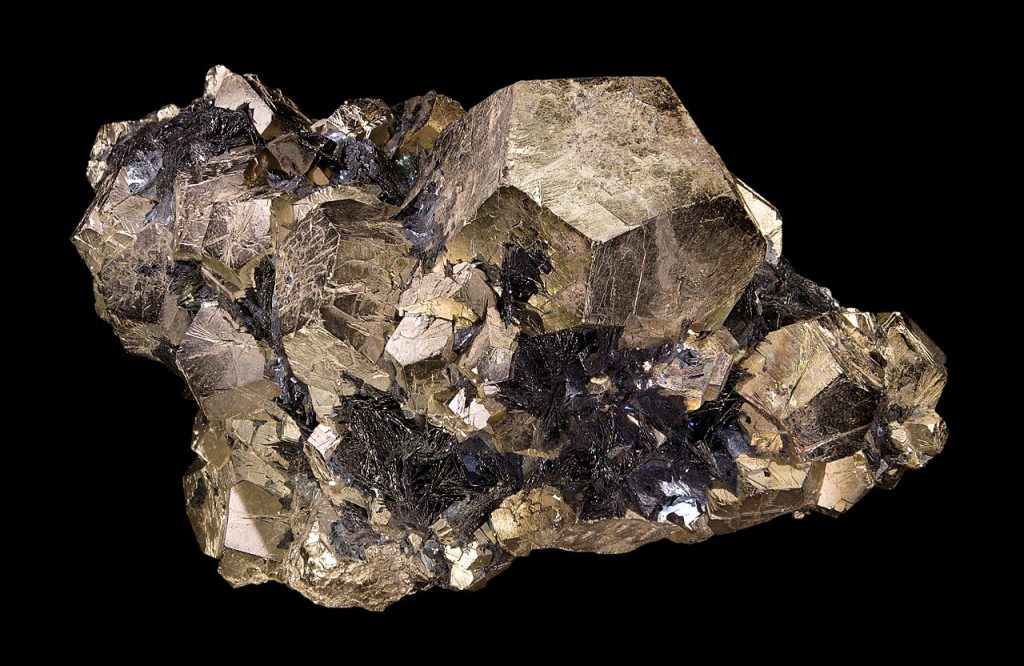Unveiling the Secrets: How to Determine if a Material is Metallic

Determining whether a material is metallic or not is crucial in various industries, such as manufacturing, construction, and engineering. The ability to accurately identify metallic materials is essential for selecting appropriate materials for specific applications. In this blog post, we will explore multiple levels of analysis to help you discern the metallic nature of a material, ensuring the highest quality and practicality of your work.
- Visual Inspection:
The first step in determining if a material is metallic is through visual inspection. Metallic materials often possess distinct visual characteristics that set them apart from non-metallic substances. Look for the following features:
- Reflectivity: Metallic materials typically exhibit high reflectivity, reflecting light in a mirror-like manner. Non-metallic materials, on the other hand, may have varying degrees of reflectivity, but they lack the characteristic shine and luster of metals.
- Color: While metals can come in various colors, they often have a characteristic metallic hue, such as silver, gold, or bronze. Non-metallic materials, on the contrary, can display a broader range of colors and shades.
- Surface Texture: Metallic materials often have a smooth and polished surface, whereas non-metallic materials may have a rough or textured surface.
- Conductivity Testing:
Conductivity testing is a reliable method to differentiate between metallic and non-metallic materials. Metals are excellent conductors of electricity and heat, while non-metallic materials have poor conductivity. Perform the following tests to assess conductivity:
- Electrical Conductivity: Use a multimeter to measure the electrical conductivity of the material. Metallic materials will exhibit low resistance and allow the flow of electric current, while non-metallic materials will show high resistance.
- Thermal Conductivity: Conduct a thermal conductivity test by applying heat to the material and observing how it conducts and transfers heat. Metals will quickly conduct heat, while non-metallic materials will have slower heat transfer rates.
- Magnetic Properties:
Magnetic properties can also help determine if a material is metallic. Most metals are magnetic to some extent, while non-metallic materials are typically non-magnetic. Employ the following techniques to assess magnetic properties:
- Magnetic Attraction: Use a magnet to check if the material is attracted to it. If the material is magnetic, it is likely to be metallic. However, note that not all metals are strongly magnetic, so the absence of attraction does not necessarily mean the material is non-metallic.
- Eddy Current Testing: Eddy current testing is a more advanced method that utilizes electromagnetic induction to assess the electrical conductivity and magnetic properties of a material. This technique can provide detailed information about the material's composition and whether it is metallic or not.
Conclusion:
Accurately determining whether a material is metallic is crucial for various industries. By employing visual inspection, conductivity testing, and assessing magnetic properties, you can confidently identify metallic materials. Remember to consider multiple factors and conduct comprehensive tests to ensure accurate results. By doing so, you can make informed decisions in material selection, leading to improved quality and efficiency in your projects.





